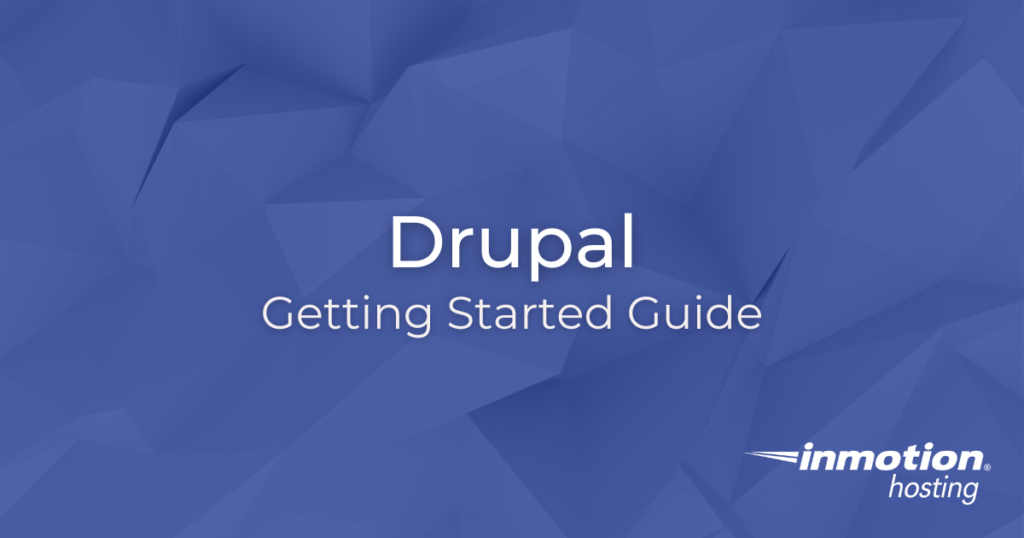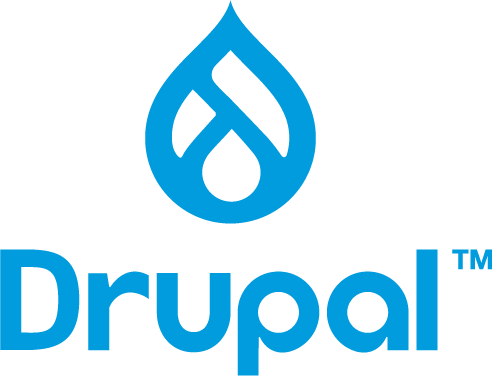There was an important notice provided by Joomla that affects new Joomla 4.0 installations. They produced an update that will affect anyone updating from version 4.04. Not making these changes will result in a failure for updates beyond version 4.04. If you are using only the core files, then the change will not apply to Read More >
Search Results for:
Gutenberg 12.3 Block Additions
The built-in display editor continues its parallel development with updates in the standalone plugin named Gutenberg. Currently, at version 12.3, the Gutenberg plugin introduces new features and changes that are eventually integrated into the default visual editor for WordPress. There are 3 new blocks in the current release; Site Logo, Post Author, and Group Block Read More >
Secure Your Debian Cloud Server With UFW (Uncomplicated Firewall)
UFW (uncomplicated firewall) is an easy way to configure your cloud server firewall. You can add simple rules that govern access to various ports on your server. In this article, you will get the basics on how to set up your firewall using UFW for a cloud server running a basic website and allowing for Read More >
How to Install BoxBilling Manually
Important: As of 10/30/22 BoxBilling has reached its end-of-life and is no longer being updated or supported. If you are looking for a similar alternative, FOSSBilling is a good option and it was forked off from BoxBilling. BoxBilling is an open-source, self-hosted billing and customer relationship management (CRM) system. The free WHMCS alternative comes packed Read More >
Linux Cockpit File Manager Version 0.5.8
Cockpit Navigator is a third party application for the Cockpit Linux server control panel. The Cockpit file manager app lets you use the web interface to easily: Modify files Edit file ownership and permissions Create symbolic links Upload and download files Using the Cockpit File Manager (Navigator) Log into the Cockpit terminal or SSH. The Read More >
How to Install Cockpit on Ubuntu 20.04
Cockpit is a web-based server administration tool for self-managed Linux servers. The free server control panel, backed by Red Hat, is unique in the sense that the graphical interface only shows settings for installed services. It is most beneficial to install Cockpit on Ubuntu if your server is primarily used for business networking: File sharing Read More >
Using Git Clean To Remove Unwanted Files
When working with any set of files, whether it is for programming, document writing, or otherwise, you may notice all sorts of extra files appear from time to time in your working directory, or you may need to temporarily create additional files for some specific purpose. Sometimes these are temporary auto-save files, ghost files created Read More >
Install osTicket with Softaculous
osTicket is a free support ticketing application you can self-host on Linux server hosting to manage client emails, phone calls, and contact form submissions. There are also official plugins for additional security and LDAP or Active Directory integration. It is important to note that osTicket is not a complete WHMCS alternative. But it is a Read More >
Jitsi Integration Nextcloud App
Nextcloud works great as the foundation for your collaborative workflow – documentation, email, and even project kanbans in some cases. Why not add video conferences with chatrooms to your Nextcloud instance as well? The Jitsi Nextcloud integration takes barely a minute to set up and is easy for any user to understand. Jitsi Nextcloud App Read More >
A Guide to Dedicated Server RAM Requirements
If you know that you need the power, control, and customization of a Dedicated Server, then you will need to choose a plan — and hardware — appropriate to your business. One of the biggest differences between our Dedicated Server plans is how much RAM (Random Access Memory) is available. Understanding this key component will Read More >

Drupal Education Channel

Welcome to our Drupal Education Channel, your go-to resource for mastering the art of Drupal web development. Whether you’re a beginner looking to build your first website or an experienced developer seeking to enhance your Drupal skills, you’ve come to the right place. Our comprehensive tutorials cover everything from Drupal installation and configuration to advanced theming, module development, and site optimization. With step-by-step guides, practical tips, and real-world examples, we’ll help you unlock the full potential of Drupal, a powerful and flexible content management system (CMS) that’s trusted by organizations worldwide. Dive in, and let’s embark on a journey to harness the full potential of Drupal for your web projects.
Ignite your online presence with cutting-edge Drupal Website Hosting. Elevate speed, security, and reliability for a seamless website experience.
Getting Started with Drupal
Here’s a short list of tasks you’ll need to know when building a new Drupal site.
Basic Tasks
After getting your website set up, these articles can guide you through adding important features to your site.
Advanced Tasks
These guides cover topics that businesses may need to understand for better marketing and regulation compliance.
Search Engine Optimization
Check out these recommended Drupal modules for improving SEO and website performance.
Security and Privacy
These are recommended features to improve your website security and support for user privacy.
Other Drupal Tutorials
- Changing the Maintenance Mode Message in Drupal 8
- 308: Enabling Maintenance Mode in Drupal 8
- Changing time zone settings in Drupal
- Changing common site details in Drupal 8
- Changing your Admin theme in Drupal
- Managing cron intervals in Drupal 8
- Viewing Admin Reports in Drupal
- 306: Managing IP bans in Drupal 8
- 306: Configuring RSS Feeds in Drupal 8
- How to Optimize Drupal
- Creating a default image for content types in Drupal 8
- Adding a subfolder to image upload directories in Drupal 8
- Setting max file upload size in Drupal
- Setting max and min upload sizes for images in Drupal 8
- Adjusting the image types allowed in Drupal 8
- Enabling the image field for content types in Drupal 8
- Allowing non-members to leave comments in Drupal 8
- Allowing comment editing in Drupal 8
- Forcing comment approval in Drupal 8
- Disabling Comment Titles for Users in Drupal
ecbiz213 Failure and Recovery
At 12:30 PM (EST) on Monday, December 13th, 2021, ecbiz213 suffered a hardware failure associated with the hard drives on the server. Despite the best efforts of our team, the RAID array has been deemed unrecoverable. We are working to move all affected accounts to new hardware as quickly as possible. Latest Updates 12/13/21 — Read More >
Using “Gitignore” To Make Files Invisible to Git
Setting up a “gitignore” file effectively makes certain files and directories invisible to Git tracking. This is one of the best ways to keep your working directory clean as you move files between different repositories and workstations or once you open a project for collaboration with others. How the Gitignore File Works Ignore a Single Read More >
Managing Users in Drupal
Managing users in Drupal is done through the administrator dashboard in the section labeled People. You can set user statuses, roles, and permissions. You can also add, delete, and block users. Drupal’s user management interface is clean with clear functional options. Follow the tutorial below to learn about managing users in Drupal. If you are Read More >
NGINX HSTS Header
HTTP Strict Transport Security (HSTS) protects against HTTP downgrade attacks by forcing browsers to only make secure connections with your domain. Adding NGINX HSTS is similar to and designed to work with SSL redirects. The HSTS header embeds the redirect code within the user’s web browser. The security HTTP header is supported by the most Read More >
Change Commit Message In Git
As you may already be aware, committing the state of your project with a git commit records any changes (additions or deletions) to the official project history. And every “commit” prompts you for a brief message, in which you will notate what happened in that commit. (For more detailed information, you might want to write Read More >
InMotion Hosting Tax Exemptions, Taxes, and Fees
Since April 1st of 2020, InMotion Hosting has applied various sales taxes, Value Added Tax (VAT), service fees, and excise fees to applicable orders in accordance with national, international, and regional laws as determined by the customer billing address. These fees are applied to new and existing accounts wherever applicable. Below, we’ll cover the basics Read More >
How to Optimize your WordPress Database With WP-Optimize
In this article, we will teach you how to use the WP-Optimize plugin to fully optimize your WordPress database quickly and easily. Installing the WP-Optimize plugin First, you will need to log into your WordPress dashboard. Now that you are inside your WordPress dashboard, you will need to locate the WP-Optimize plugin. To do so, Read More >
Managing Existing Sites Using Composer
There are times when you may find yourself wanting to use Composer in order to manage the dependencies on a particular Drupal installation. If Composer was not installed during the installation of the Drupal site, then you will either need to manually make a change, or you can use a plugin to get Composer properly Read More >
Resolving DNS_PROBE_FINISHED_NXDOMAIN Errors
Normally, when connecting to a website, your web browser translates the human-readable domain name into a machine-readable Internet Protocol or IP address using the Domain Name System, or DNS. Sometimes, the browser has difficulty accessing DNS, resulting in the following error: DNS_PROBE_FINISHED_NXDOMAIN In this article, we will outline some ways you can resolve the DNS_PROBE_FINISHED_NXDOMAIN Read More >